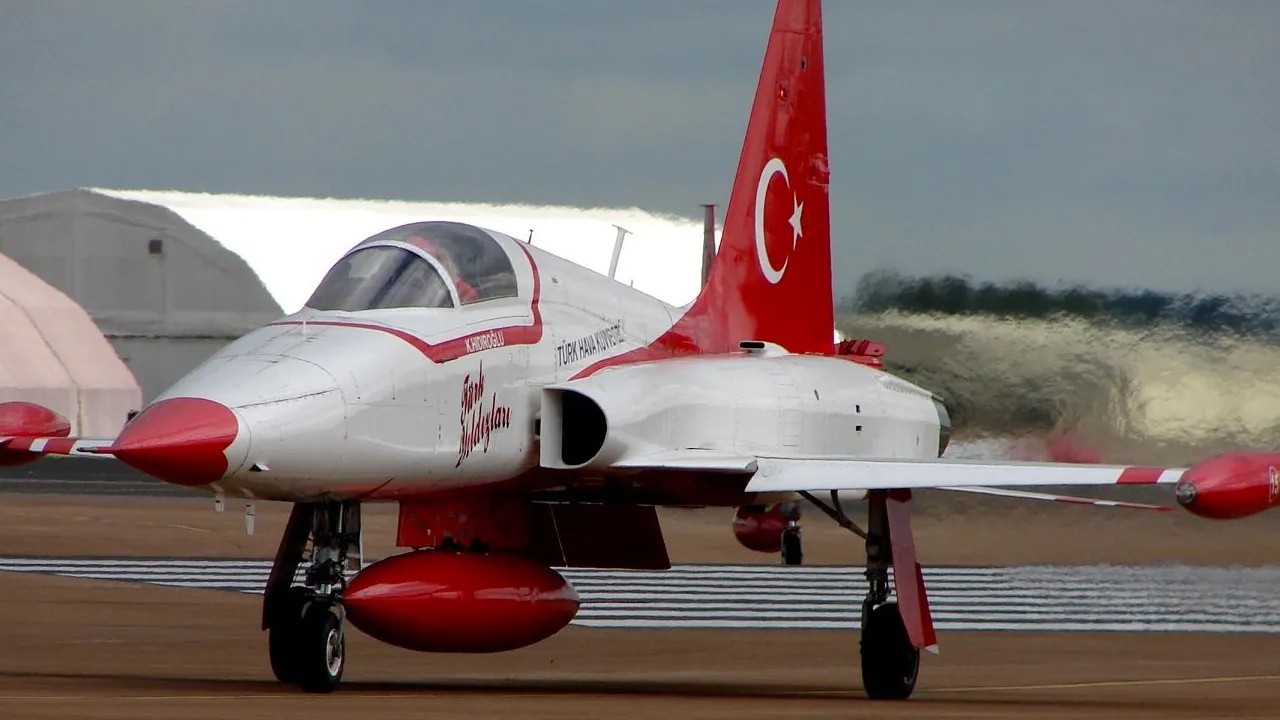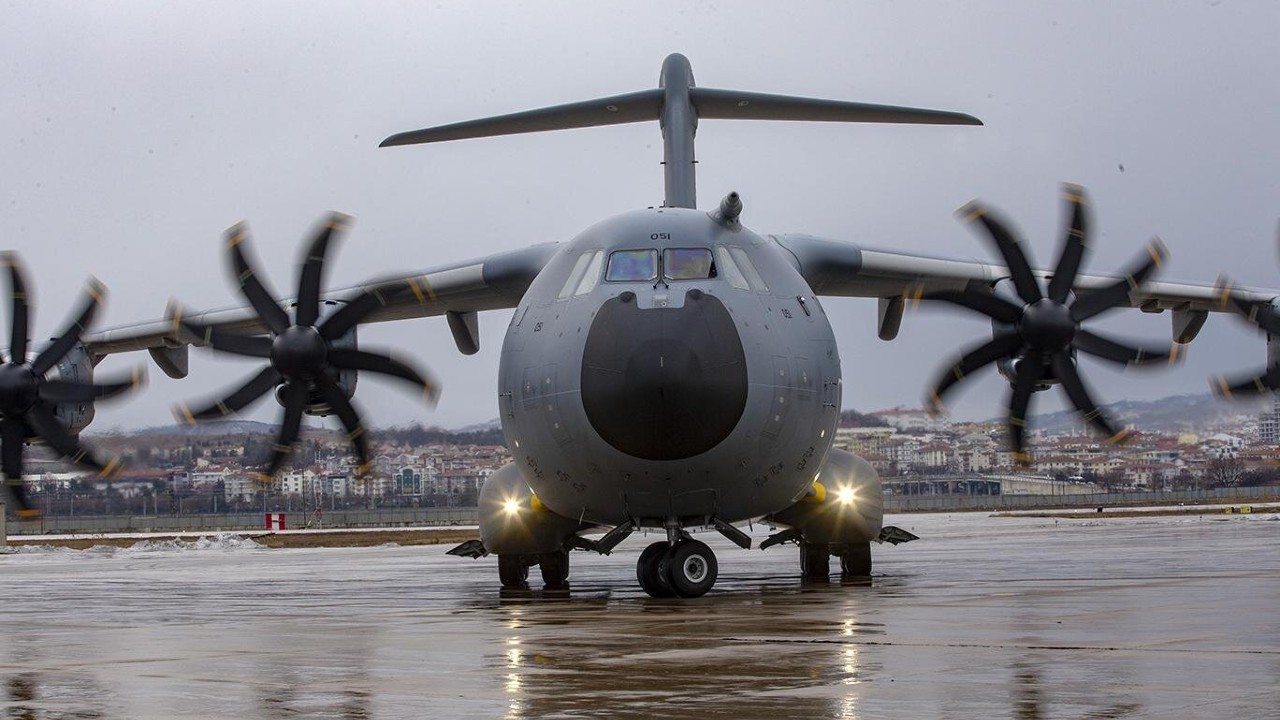We see a wide variety of aircraft designs. Have you ever wondered why some people have round noses while others have pointed noses?
Airplane designs, according to their intended use It can vary a lot. For example, if you noticed, passenger planes generally have oval noses, while many military planes have pointed noses.
The purpose served by this difference can change the course of the entire flight. When you soon learn why the engineering behind airplanes You will be amazed once again.
The nose difference of planes serves a very important purpose.
The main reason for this design difference in the nose of the aircraft is speed. Airplanes intended to fly slower than others more oval nose makes.
For this reason; Commercial airlines, private planes, passenger planes and recreational planes have more oval noses. Only one nose shape difference How and to what extent can it affect speed? The subject is really interesting.
Airflow is the most important element of an aircraft’s design.
Air particles resist the movement of the aircraft. We can briefly call this “friction”. Friction has two components: Friction component and pressure component. The drag component results from the movement of air over the wing surface.
The pressure component arises from the shape of the aircraft and its body panels as they interact with the air. So the greater the friction resistance to flight The bigger it gets.
The nose takes action against friction.
This friction prevents planes from traveling at intended speeds. by making their engines work harder causes them to consume more fuel.
This is where the nose cone comes into play. As the first point of contact with the air during flight, the nose “cuts” the air, making way for the rest of the aircraft. oval noses, while keeping friction resistance to a minimum It facilitates the smooth movement of air particles on or around the nose.
Particles in the air behave differently when they come into contact with objects moving at very high speeds.

At high speeds, air particles at any given point sometimes have little time to get out of the way before the object reaches them; sometimes there is none. The plane flies through the air thanks to its nose. creates very high pressure followed by a low pressure, creating a shock wave in the air.
An object stuck between high and low pressure areas heads towards the low pressure area. Similarly, planes exposed to shock waves during flight to low pressure areas or backwards is pushed.
These shock waves; It is produced at different points such as the nose of the aircraft, wing tips and tails. The decrease in the surface areas of these regionsthe intensity of the shock wave and the friction reduces. Thus, planes can fly at very high speeds.
You might expect pointed noses on military aircraft, but they also have oval noses.

When we think of military aircraft, we all probably think of planes with pointed noses like a newly sharpened pencil. Speed is of serious importance for warplanes, and a sharp, pointed nose; without much resistance, greatly affecting the speed at which the air flows over it reach very high speeds provides.
However, this design is not valid for all. Not all military aircraft were designed to fly at high speeds. Transport, surveillance and weather radar aircraft For this reason, species such as may have oval noses.
Now that you know the reason for the nose difference in planes, you can also take a look at other curious topics about planes:
RELATED NEWS
Is it possible to fly the plane upside down in an adverse situation where the pilot has to?
RELATED NEWS
Why Don’t Planes Fly Over the Pacific Ocean?
RELATED NEWS
The Interesting Reason Behind Boarding Planes from the Left: It’s Quite Hard to Guess!
RELATED NEWS
Why Do Planes Appear to Move Slowly in the Sky?
RELATED NEWS
How Much Risk Are We At Risk If We Get Caught in a Major Earthquake on a Plane?
RELATED NEWS
What exactly are the white gases coming out of the wings of airplanes? Airflow is not the only reason!
RELATED NEWS
Why Do Airplane Pilots Always Wear the Same Type of Sunglasses?
RELATED NEWS
Where Does the “Barking” Sound We Hear on Airplanes Actually Come From, Even Though There Are No Dogs?
RELATED NEWS
Why is it Almost Impossible to See the Shadows of Planes and Birds in the Air?
RELATED NEWS
Why Do Stewardesses Keep Their Hands Behind When Greeting Passengers on the Plane?
RELATED NEWS
Which Seat Should You Sit in to Suffer the Least Damage in a Falling Plane?
RELATED NEWS
Does jumping out of a plane that’s about to hit the ground or jumping in a falling elevator help you take less damage?
RELATED NEWS
